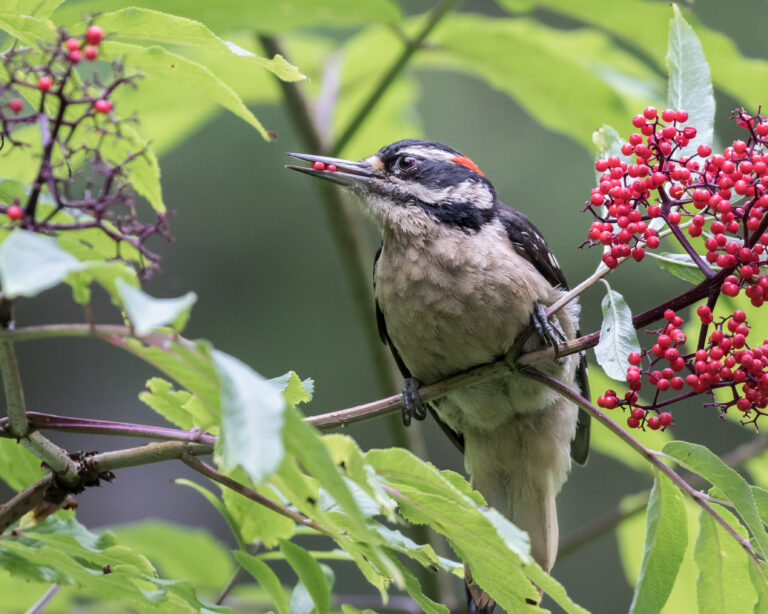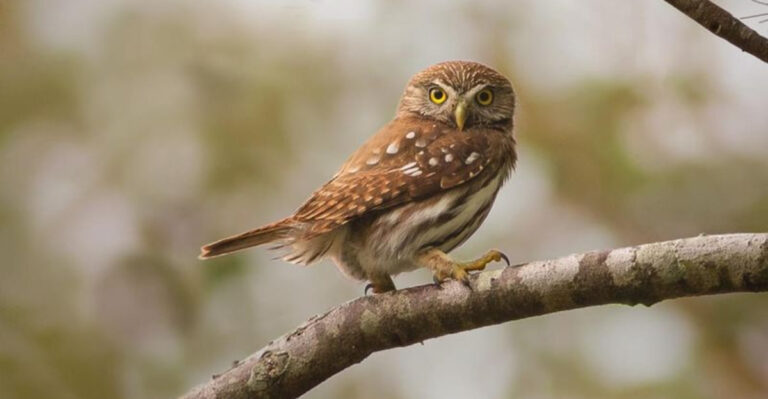Explore The Horned Animals Of Africa

Africa’s vast savannas and forests are home to some of the world’s most magnificent horned creatures. From the mighty rhinoceros to the elegant gazelle, these animals use their impressive headgear for defense, mating rituals, and establishing dominance.
Let’s journey across the African continent to discover remarkable animals whose horns make them truly special.
1. The Double-Horned Tank
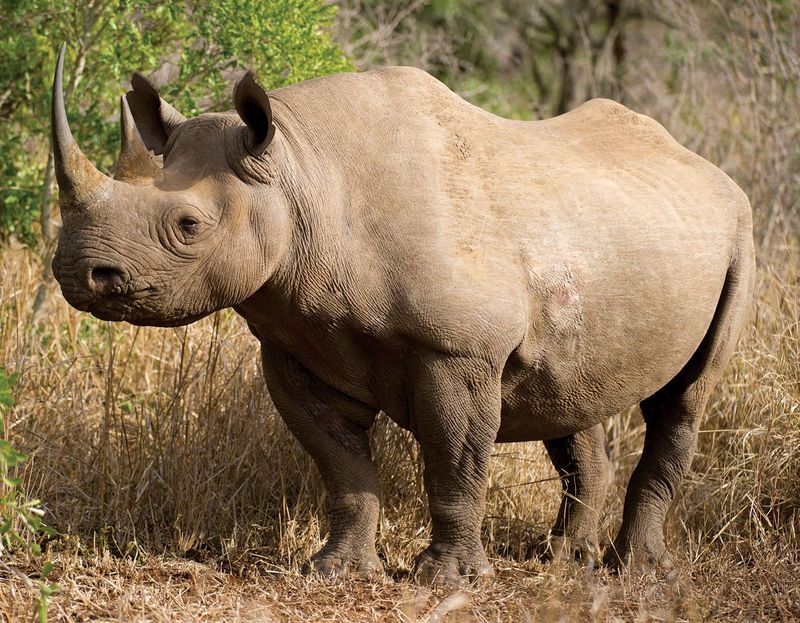
Imagine a living tank that can weigh up to 6,000 pounds! The black rhinoceros carries two impressive horns made of keratin – the same material as your fingernails.
Despite their intimidating appearance, these endangered giants are actually quite shy. They use their horns primarily for defense and to strip bark from trees when foraging for food.
2. Spiral-Crowned Royalty
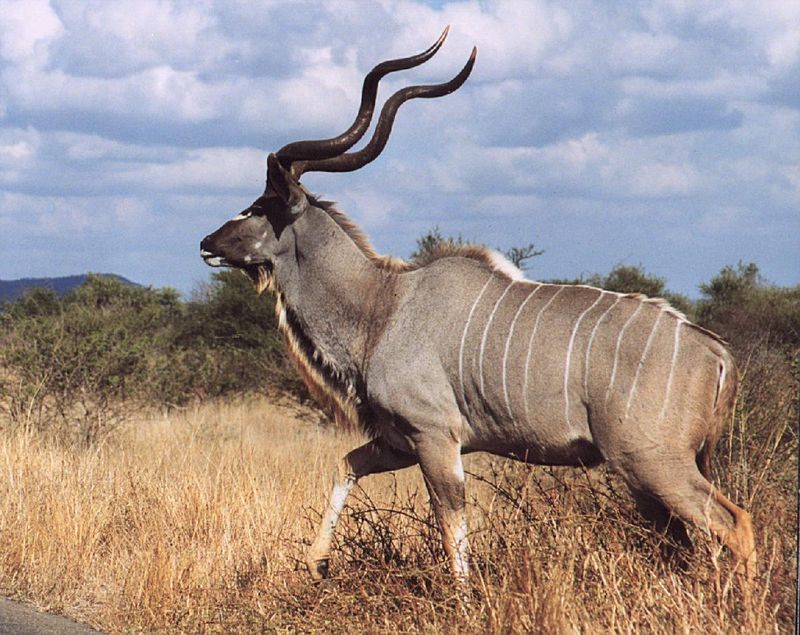
With twisted horns that can stretch nearly 5 feet long, the greater kudu stands as forest royalty. Males sport these impressive spiral crowns that grow throughout their lifetime.
When danger approaches, these woodland antelopes freeze completely still, relying on their striped camouflage. Their magnificent horns serve as weapons during intense mating battles.
3. Nature’s Perfect Curve
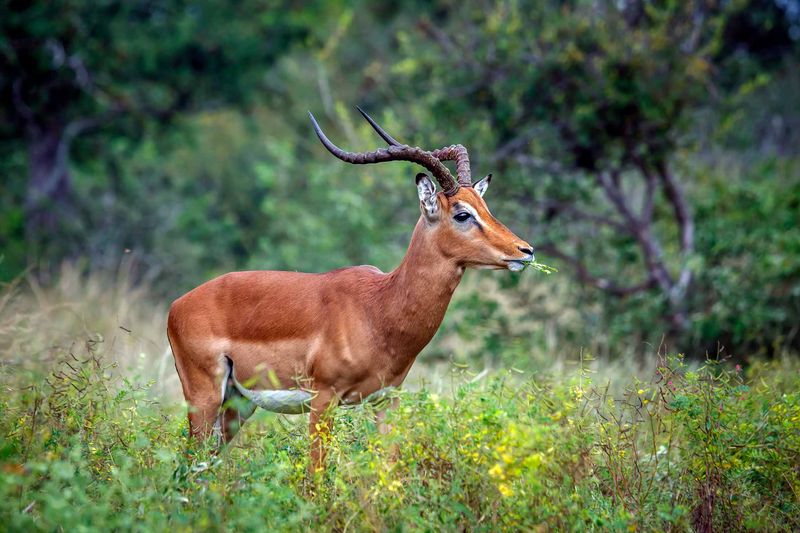
Graceful and swift, the impala boasts some of Africa’s most elegant horns. Only males carry these S-shaped weapons that curve backward then forward like nature’s perfect archway.
Famous for their incredible leaping ability – up to 10 feet high and 30 feet long – impalas use their horns during mating season. Dominant males collect harems of up to 100 females!
4. The Sable Fighter
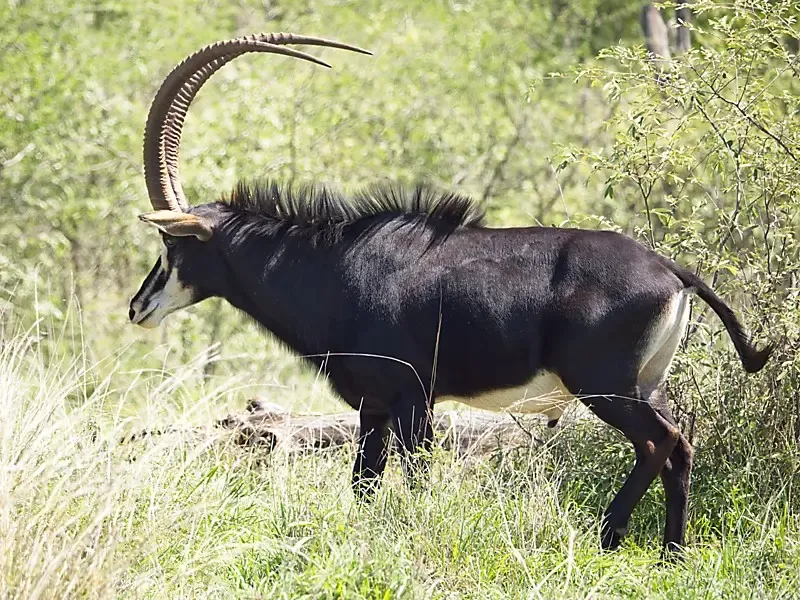
Draped in a coat of midnight black, the sable antelope carries scimitar-shaped horns that sweep back in dramatic arcs reaching up to 65 inches long.
These fearless fighters will even charge lions when cornered! Female sables also grow impressive horns, though smaller than males. Their striking appearance has made them highly prized by trophy hunters.
5. The Record-Breaking Giant
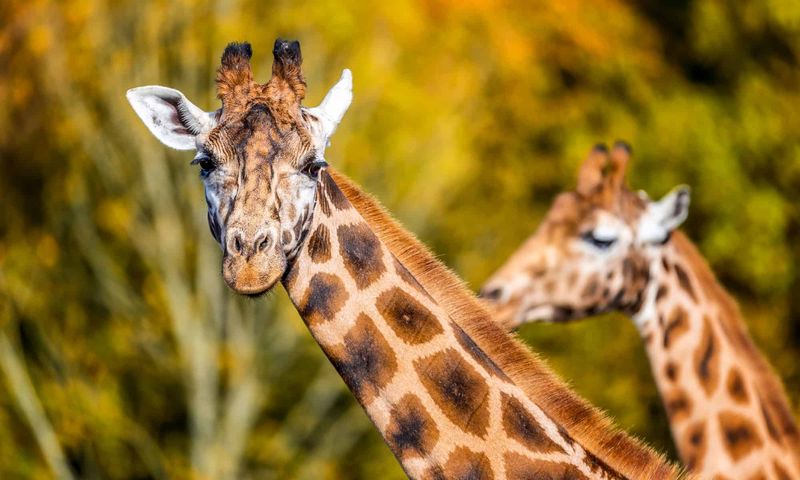
Reaching heights of nearly 20 feet, giraffes sport something unexpected on their heads – not true horns, but bony knobs called ossicones covered with skin and fur.
Both males and females have these unique structures from birth. Male giraffes engage in “necking” battles, swinging their heavy heads like wrecking balls to establish dominance in the herd.
6. The Dune Dancer
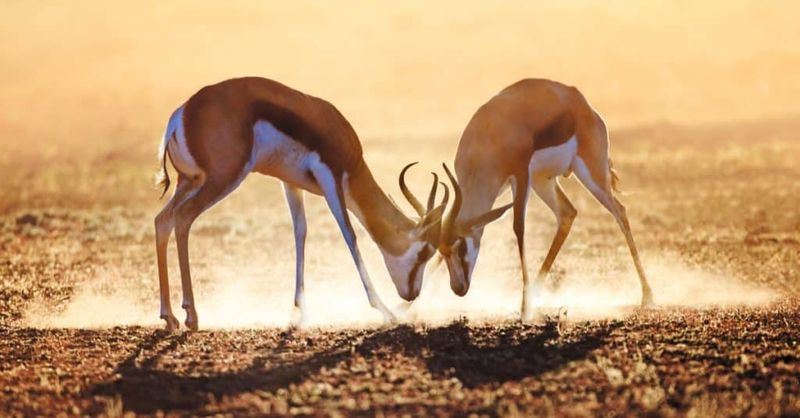
Bouncing across desert sands, the springbok flaunts lyre-shaped horns that curve inward then outward at the tips. Both males and females grow these elegant weapons.
Famous for their peculiar jumping behavior called “pronking,” springboks leap up to 10 feet high when excited or alarmed. Their name literally means “jumping antelope” in Afrikaans.
7. The Water-Loving Warrior
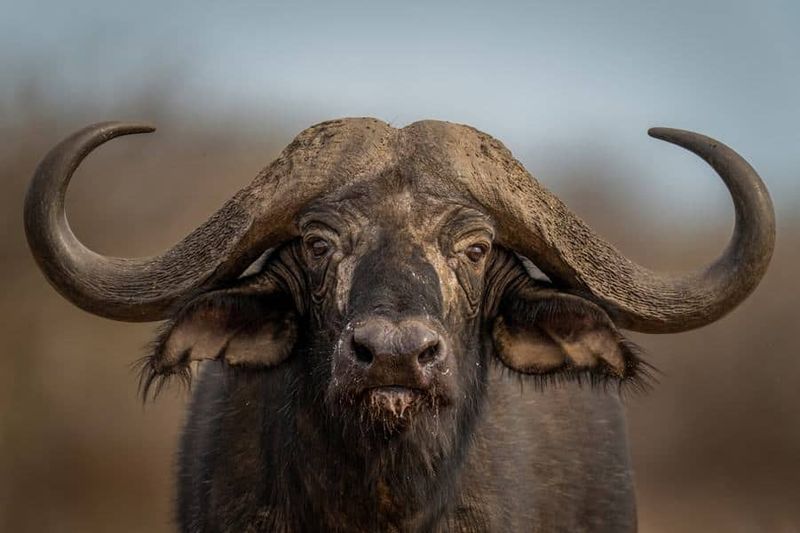
Half-submerged in rivers and lakes, the cape buffalo might look peaceful – until you notice those massive bone shields fused across their foreheads.
These “boss” horns create impenetrable helmets that even lions think twice about challenging. Old bulls form protective circles around calves when predators approach, presenting a wall of deadly weapons to any would-be attacker.
8. The Desert Ghost
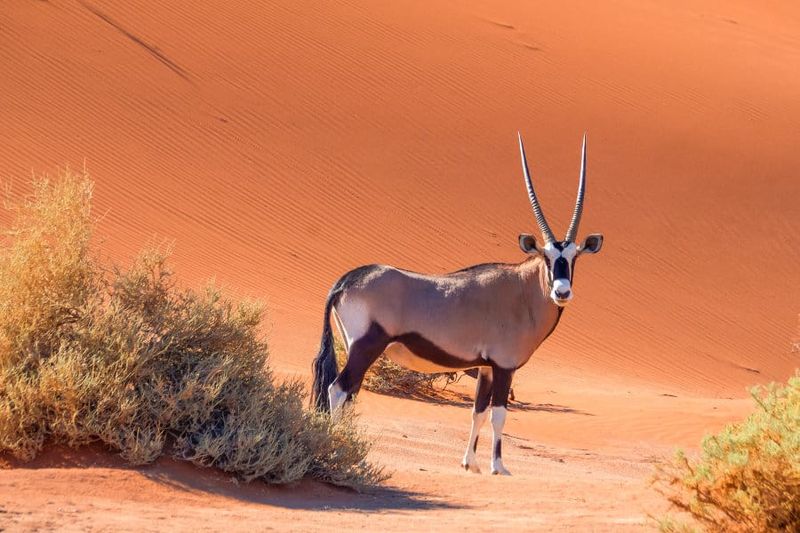
Like living shadows across the Sahara, oryx antelopes glide with rapier-straight horns reaching up to 4 feet long. These spears point backward when running to avoid snagging on brush.
Ancient Egyptians believed a sideways glimpse of these majestic creatures created the myth of the unicorn. Remarkably adapted to desert life, oryx can survive without water for weeks by raising their body temperature.
9. The Bush Duiker

Hidden in Africa’s forests lurks the common duiker – a tiny antelope with short, dagger-like horns that barely reach 5 inches. These mini-spikes are highly effective in tight spaces.
Unlike most antelopes, female duikers often grow horns alongside males. Their name comes from the Afrikaans word for “diver,” referring to how they dive into bushes when threatened.
10. The Marshland Monarch
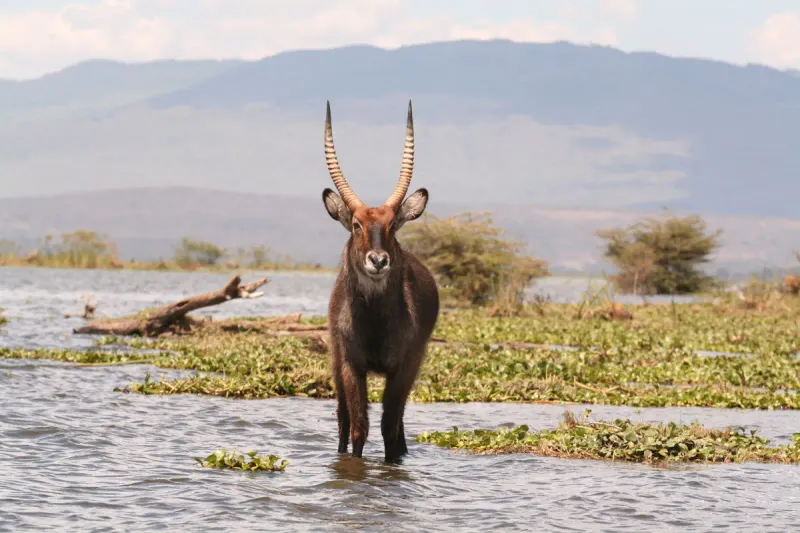
Wading through wetlands with crown-like horns that resemble dripping wax, the waterbuck stands as nobility among marsh dwellers. Only males display these ringed weapons that curve forward at the tips.
Waterbucks secrete an oily substance that makes them smell unpleasant to predators. Lions will often abandon waterbuck kills after the first bite due to this foul taste!
11. The Grassland Gazelle
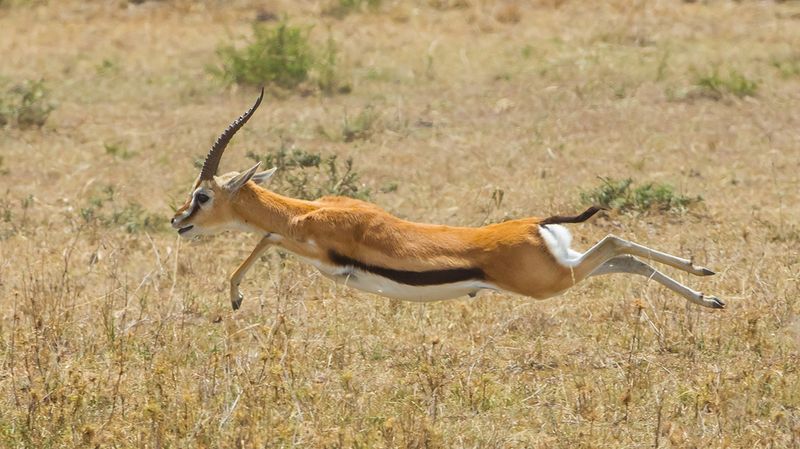
Swift as the wind and graceful as dancers, Thomson’s gazelles flash their S-curved horns across Africa’s plains. Both males and females sport these elegant weapons, though male horns grow significantly larger.
Known affectionately as “Tommies,” these gazelles can sustain speeds of 40 mph. Their distinctive white rumps flash warning signals to others when predators approach.
12. The Swamp Sovereign
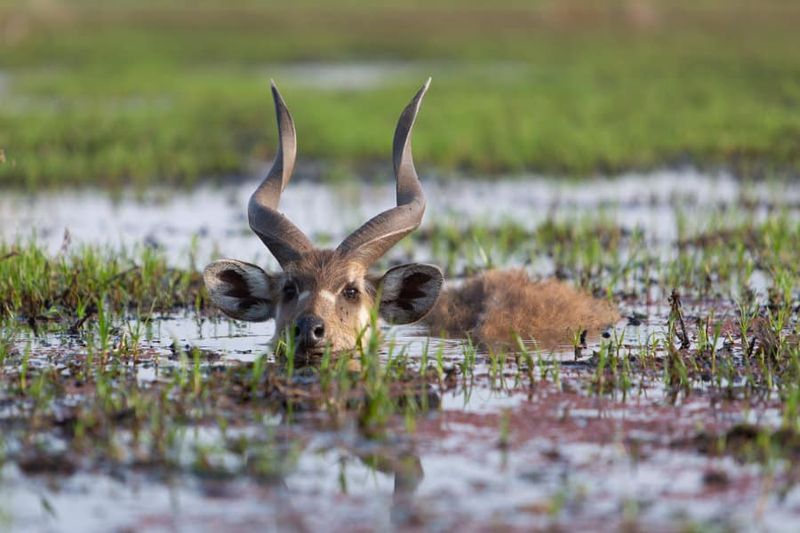
Lurking in Central Africa’s wetlands, the sitatunga sports spiral horns with ivory-white tips that contrast beautifully against their shaggy brown coats. Only males grow these twisted crowns.
With splayed hooves perfect for navigating marshes, sitatungas can submerge completely underwater when threatened. Only their nostrils remain visible as they hide from predators for hours!
13. The Giant Eland

Towering over other antelopes at nearly 6 feet tall, the giant eland carries massive spiraled horns that can reach 4 feet in length. Each massive horn contains a tight spiral that unwinds as it grows.
Despite weighing up to 2,000 pounds, these gentle giants can jump an astounding 10 feet high from standing! Their horns create distinctive clicking sounds as loose tendons slide over their knee joints.
14. The Mountain Nyala
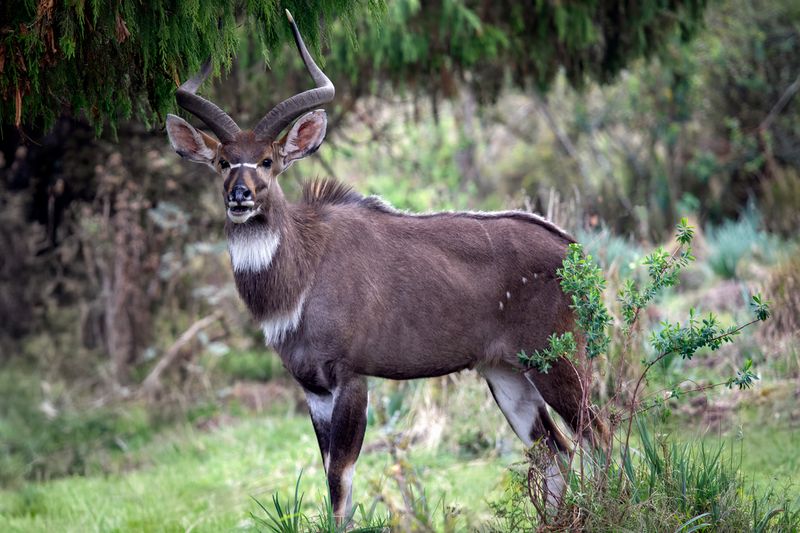
High in Ethiopia’s misty mountains roams the elusive nyala with elegant spiral horns that seem to twist toward the heavens. These endangered antelopes grow white spots that fade with age.
Only males develop these impressive twisted spears. Mountain nyalas were unknown to science until 1908, making them one of Africa’s most recently discovered large mammals!
15. The Majestic Bongo
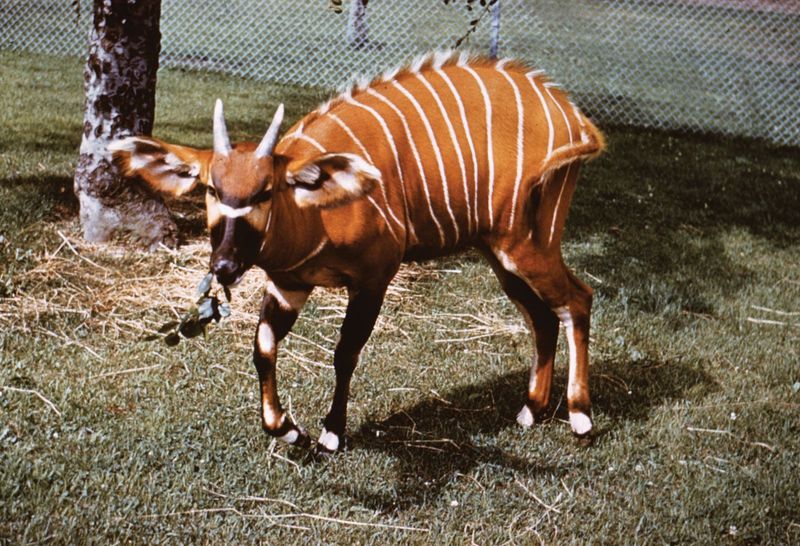
Draped in chestnut red with bold white stripes, the bongo flaunts spiral horns that look like they’ve been carved by master sculptors. Both males and females grow these impressive weapons.
Forest-dwelling and incredibly shy, bongos are rarely seen in the wild. Their unusual horns can grow over 3 feet long, creating perfect lyre shapes that they use to clear paths through dense vegetation.




